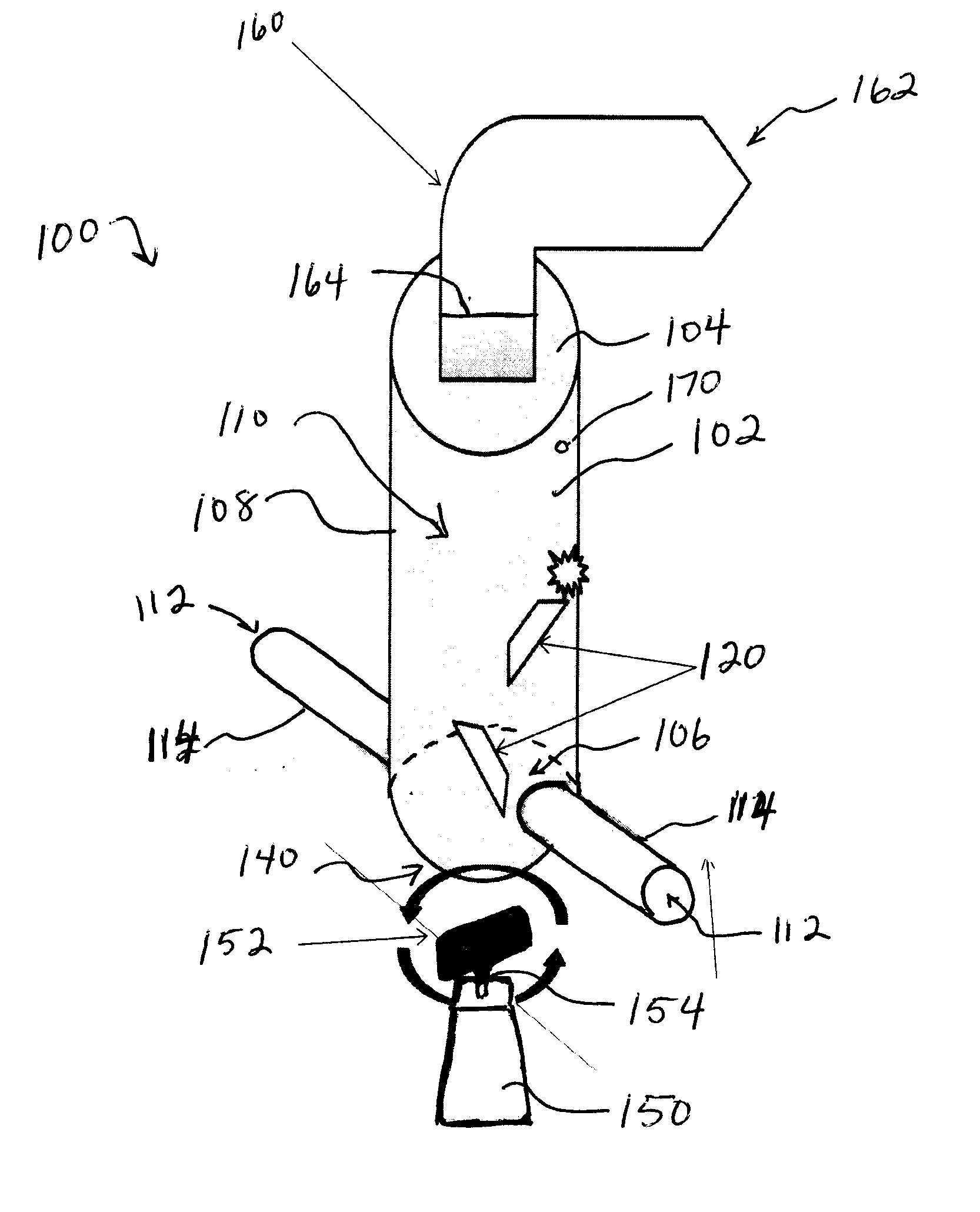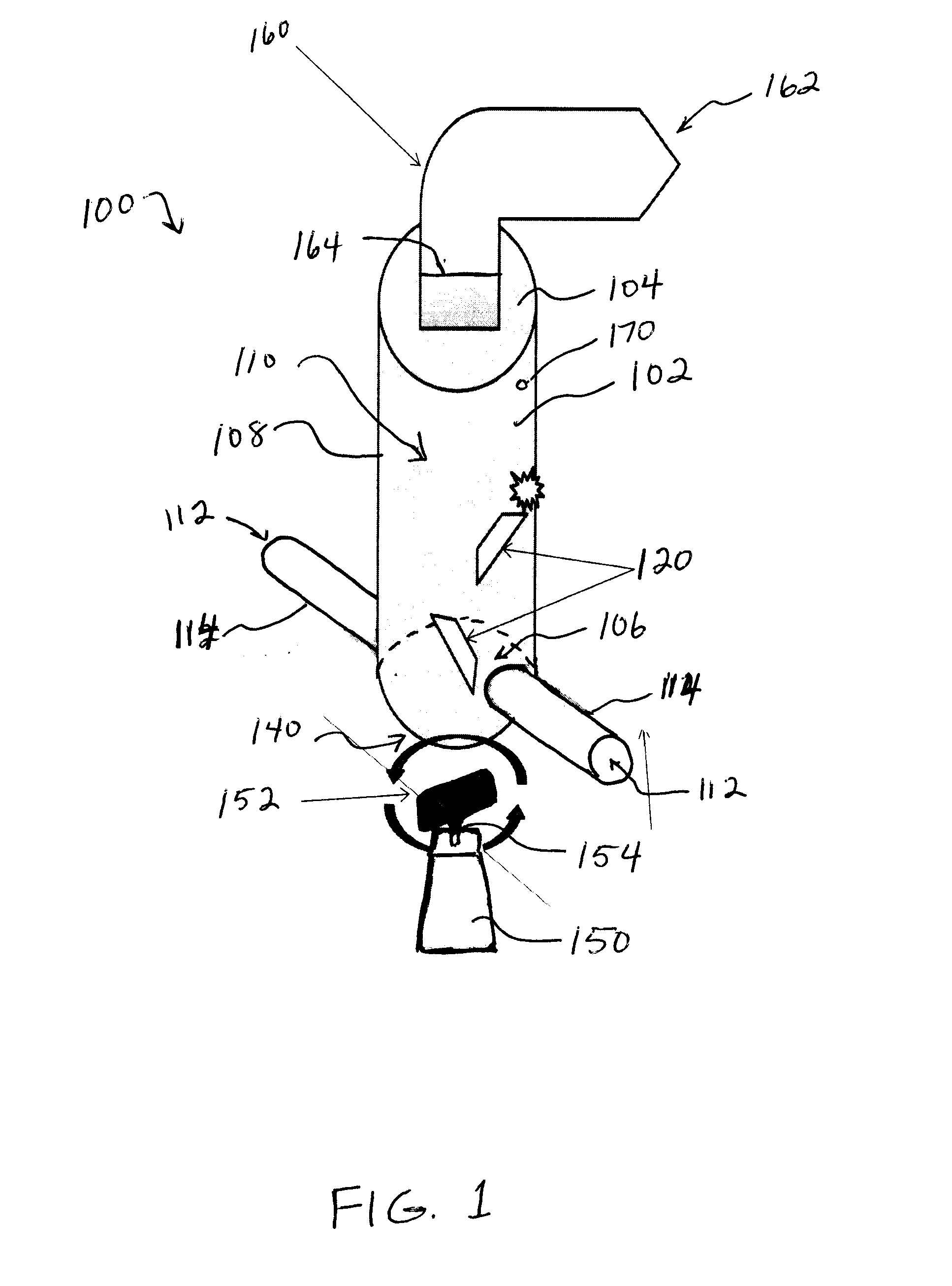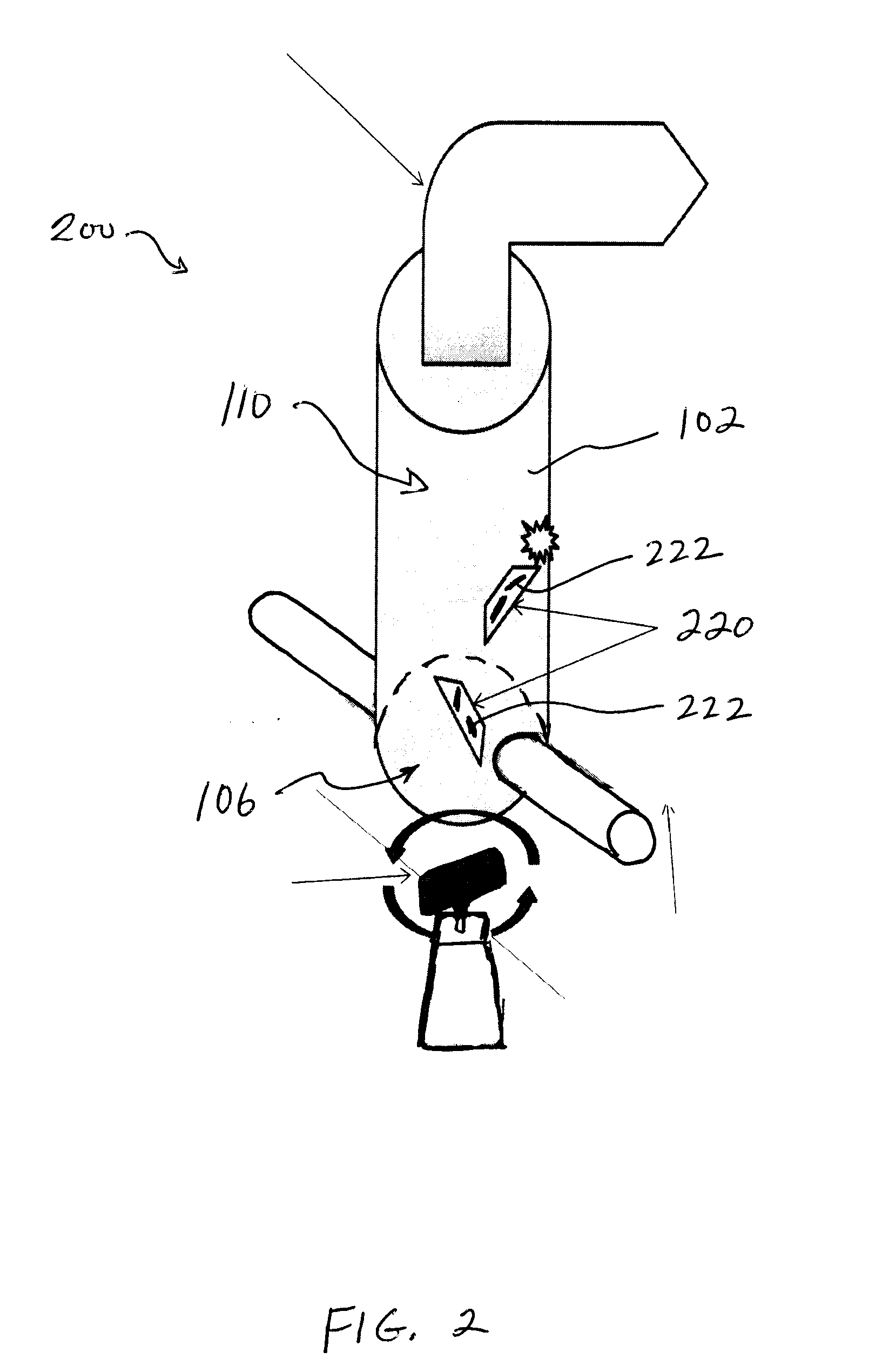However, pulmonary
drug delivery is not without its obstacles.
While many of the devices currently utilized in theory deliver a set
dose, patient variables such as
inspiratory capacity and coordination alter the performance and thus
therapeutic effect achieved through the use of the device.
Most devices however, deliver only small quantities of
drug per
dose or take long periods of time to deliver a clinically relevant
dose in many diseases.
Typically the doses delivered by these inhalers are small, in the
microgram range, often too small for many clinical applications.
Although spacers and other devices have been developed to circumvent this problem, many patients continue to inappropriately utilize their devices, compromising the effectiveness of their medication and leading to poorer and unpredictable patient outcomes.
Formulation problems such as the inability to include drugs not stable in a liquid environment and a limited shelf-life are also major challenges.
Further, propellants which used to be included in many formulations to assist in the delivery process, such as chlorofluorocarbons (CFCs), have been suspect in the depletion of the
ozone layer and manufacturers have been required to reformulate their products to contain non-hazardous materials.
This change has led to patients having to change their products, which are potentially more expensive and inconsistent in therapeutic
efficacy.
They carry many of the same formulation and stability problems as MDIs and additionally are inefficient, bulky, and require the patient to breathe the contents over lengthy periods of time (15-30 minutes) due to the need to dissolve or finely disperse the drug within an aqueous liquid.
As many medications used to treat
disease states are prescribed to be taken several times a day, using nebulizers remain an inconvenience to patients and caretakers particularly due to these long treatment times.
Although DPIs are free from many of the issues and concerns that
restrict MDIs and nebulizers (such as formulation, stability, coordination, and hazardous complications), their performance, and corresponding
drug delivery, can be drastically impaired if the patient is unable to inspire at the tested rate; common in
COPD,
asthma, and pediatric populations.
This, again, can lead to unpredictable and unfavorable patient outcomes if used incorrectly.
For example, DPI's currently on the market are inadequate because they are liquid formulations, which result in
instability, incompatibility, a requirement of advanced coordination, and provide erratic delivery, which in heightened with improper use.
Furthermore, the current dry powder formulations have limited delivery and require large inspiratory force, adversely affecting the sick, elderly, and children.
This has shown to be problematic for patient populations who have diminished
lung function resulting from advanced age or the
disease process itself.
These populations might experience more therapeutic failures and adverse effects related to the drug due to inability to generate a dispersion patter reflective of those seen in clinical trials.
Active devices utilize a power source to decrease the need for the patient to inspire at the typical DPI requirement, however, many of these devices have not yet come to market and may demonstrate some dosing inconsistencies when used at different patient
inspiratory flow rates.
In addition, many devices are exceedingly complicated in design and manufacture, adding time and cost to the development of therapies.
However, as the doses increase, generally performance decreases.
It may be desirable to provide consistency in the delivery of relatively large doses and intermediate doses under conditions which model inter- and intra-patient variability have historically created problems in the performance for standard devices.
 Login to view more
Login to view more  Login to view more
Login to view more 


